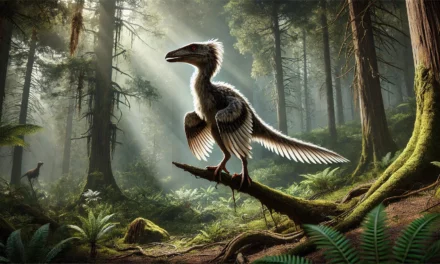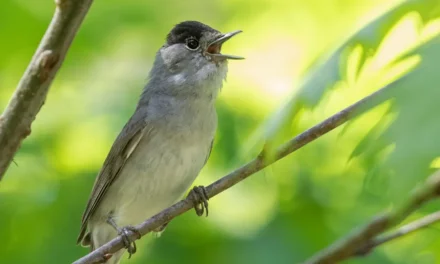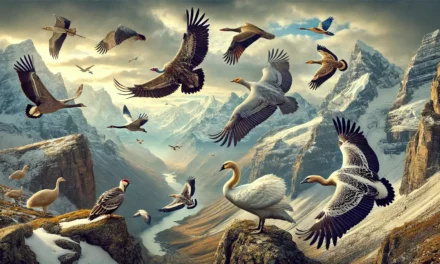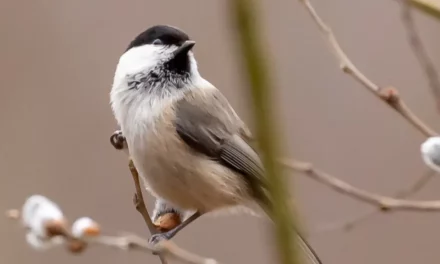The Redstart: Recognizing its unique appearance
The Redstart is easily identified by its striking white forehead, vibrant orange tail, and breast. Its face and throat are a deep black, giving it a bold and distinctive look. The top of its head, back, and wings are coated in a soft grey hue, adding to its elegance. In contrast, the female Redstart has a much lighter coloration, making her appearance more subdued.
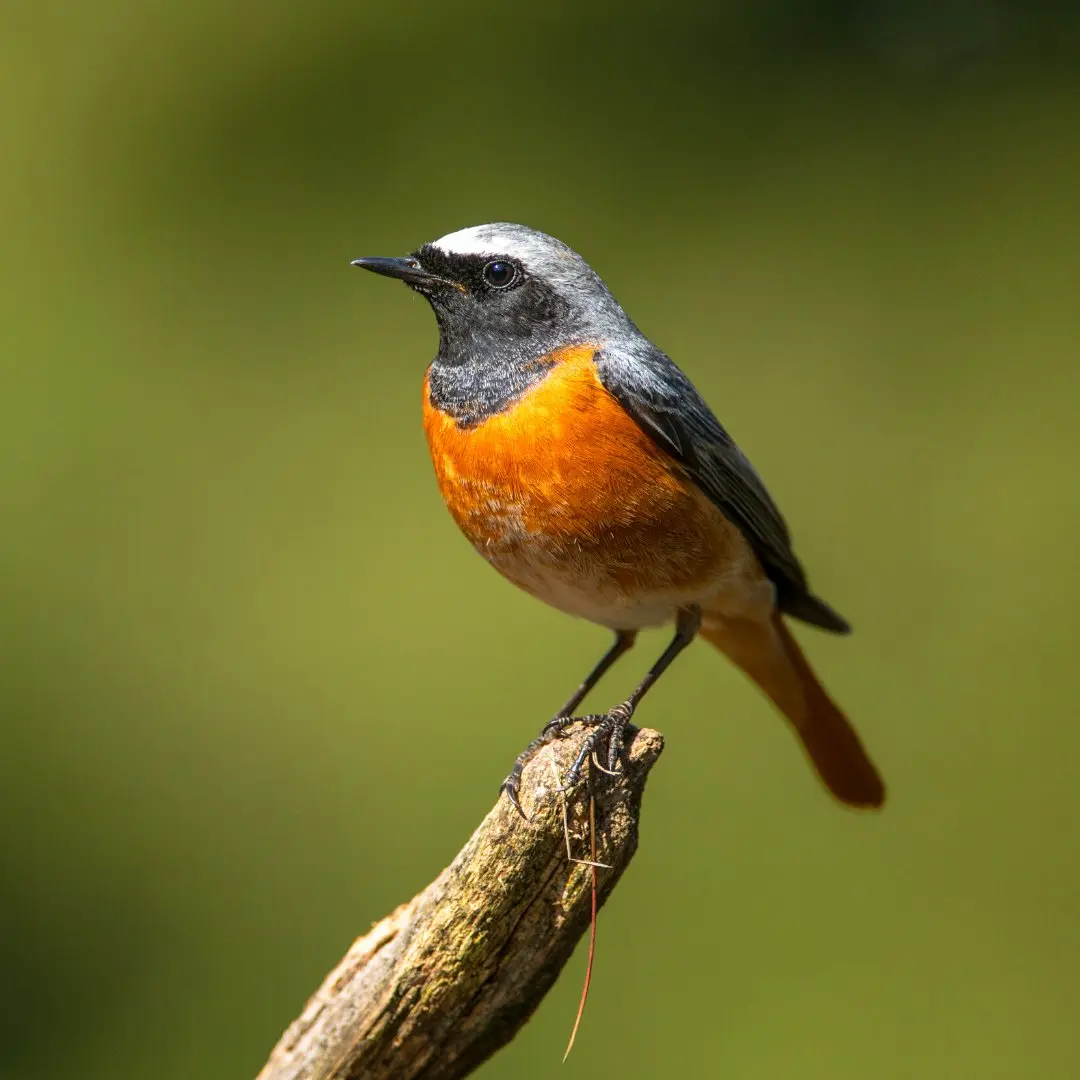
The behavior of the Redstart: Agile and observant
The Redstart is often found perched high, keenly observing its surroundings for prey. Its posture is unique, with bent legs, and it exhibits a nervous energy by bobbing its tail. This bird is skilled at capturing prey on the ground, in flight, or even while hovering to snatch insects from leaves.
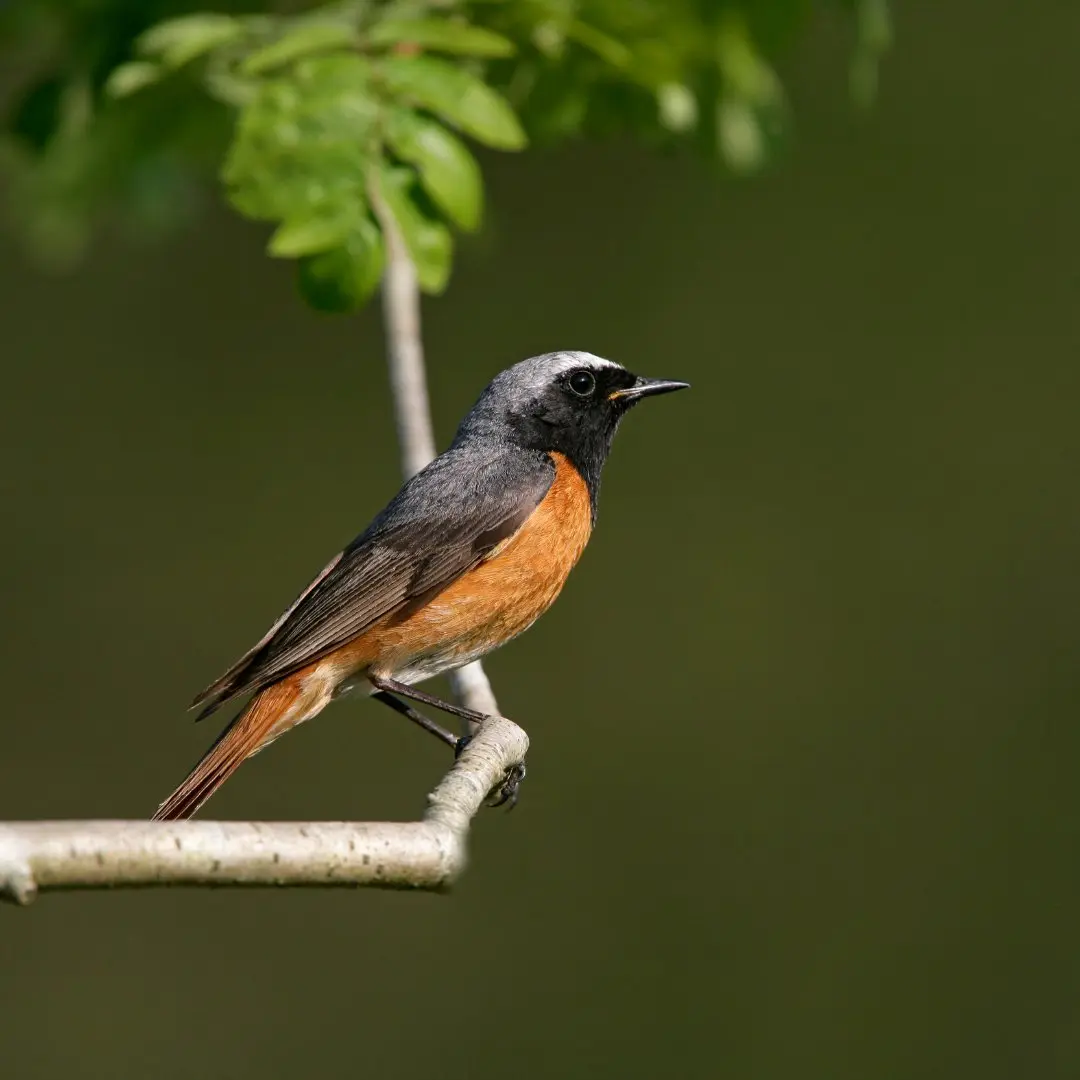
Redstart’s songs and calls: Unique vocalizations
The song of the Redstart is a grating trill, distinct and lacking the texture of crumpled paper. It also produces various calls, such as a soft “huit” and a sharper “tic-tic.” These vocalizations are not only a means of communication but also an integral part of their behavior during mating and territory defense.
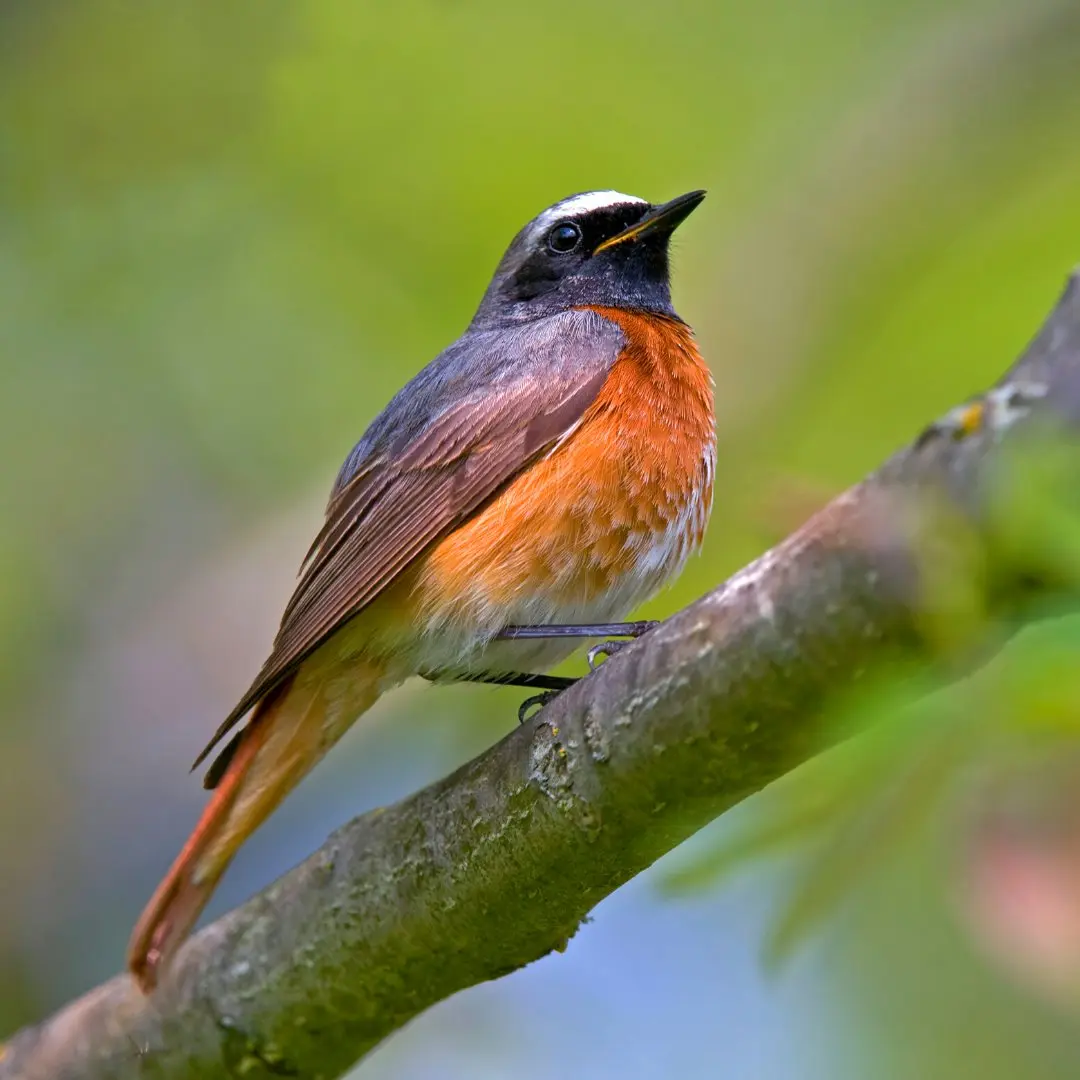
Redstart reproduction: Nesting habits and challenges
The breeding season for the Redstart stretches from April to August. During this time, it produces 1 to 2 broods annually, each consisting of 5 to 7 blue-green eggs. Nests are crafted from twigs, straw, and leaves, often located in cavities or specially designed nest boxes. While it will utilize open or large, closed nest boxes, it primarily prefers to nest in old trees within forests or orchards. This preference makes the Redstart a rare sight in typical gardens.
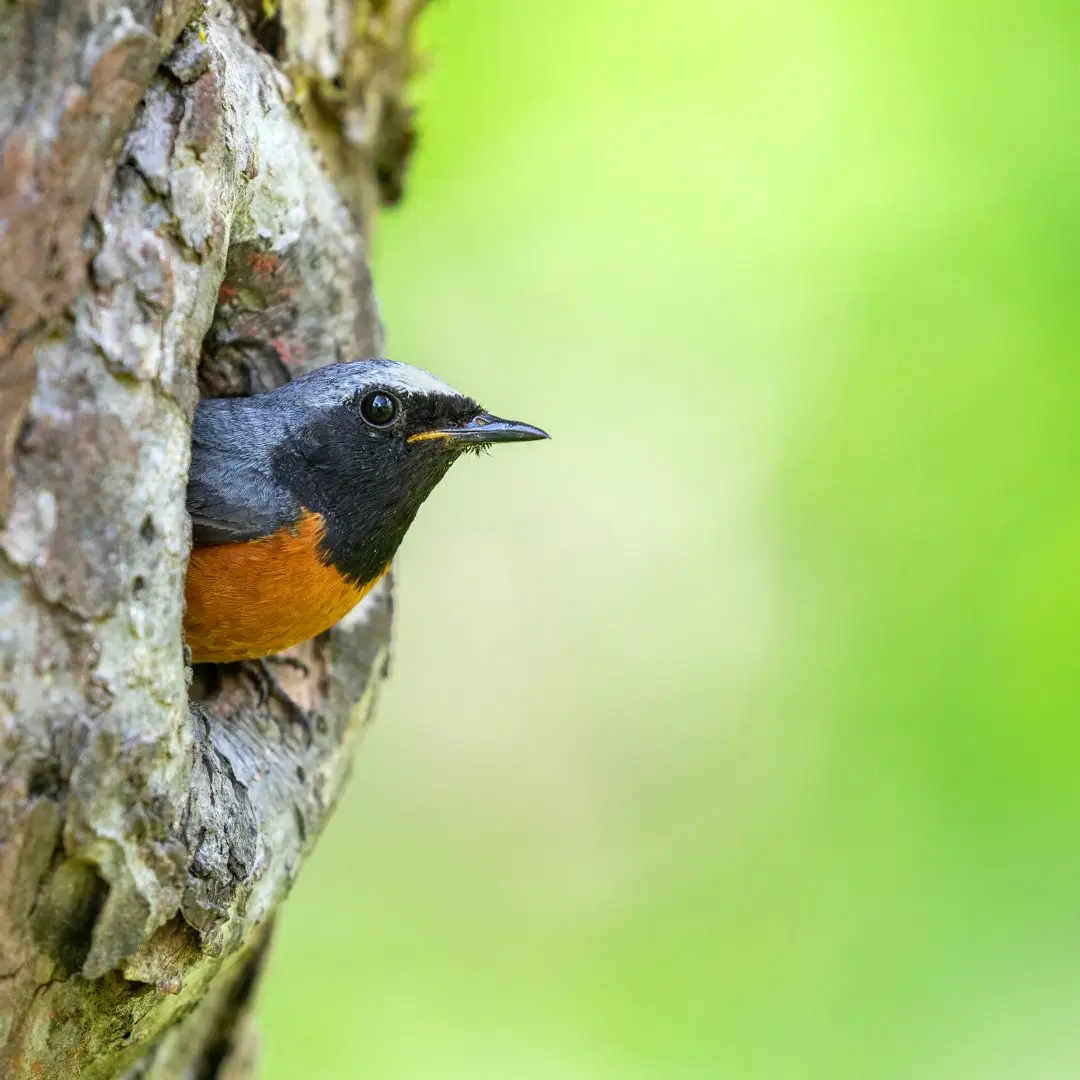
Diet of the Redstart: A diet rich in insects
The Redstart’s diet primarily consists of insects and larvae, which it captures with remarkable agility. This diet supports its energetic lifestyle, including its active foraging and frequent flights.
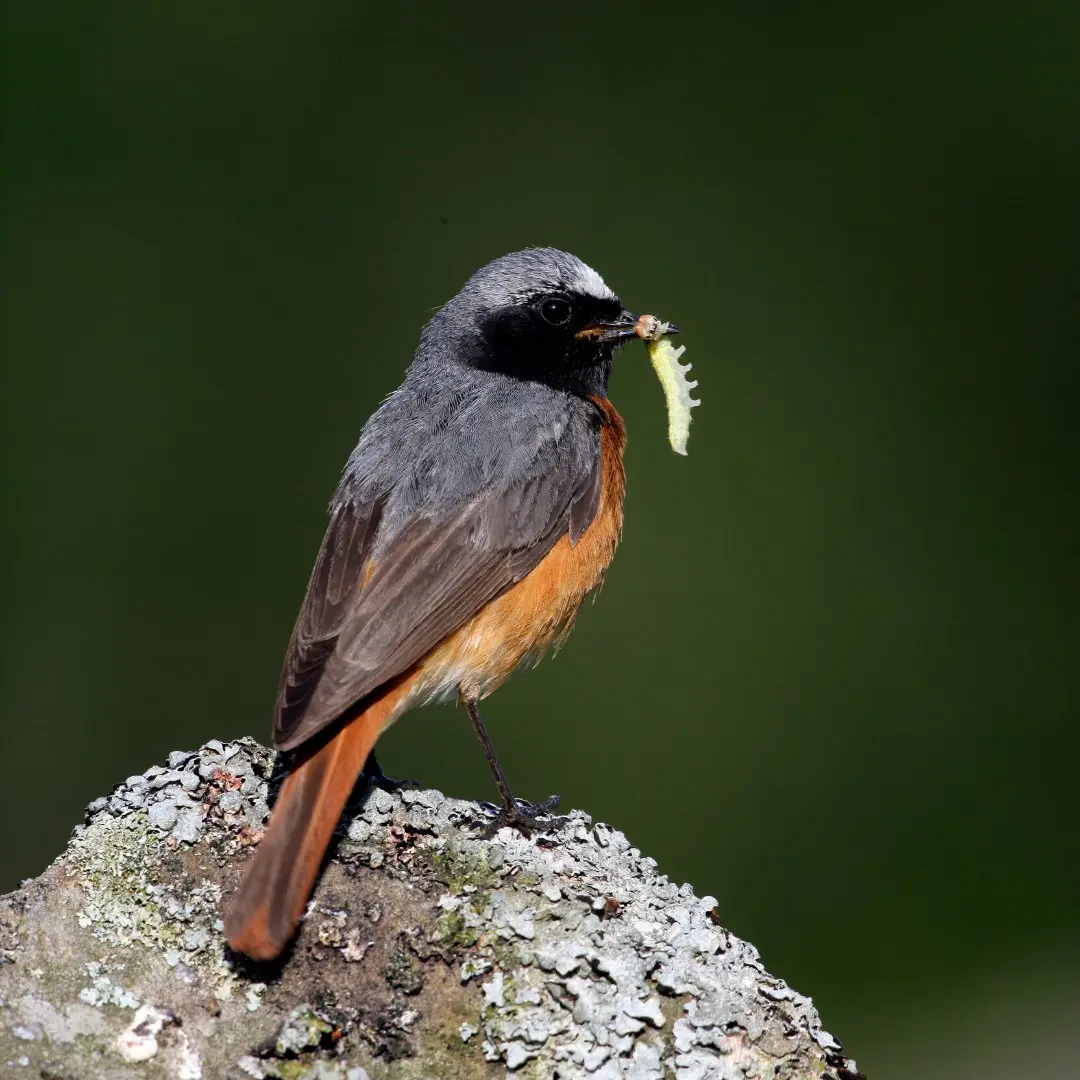
Habitat and distribution of the Redstart
The Redstart thrives in open forests, orchards, and expansive natural gardens. As a long-distance migrant, it undertakes significant journeys across continents. Unfortunately, the population of Redstarts is declining, emphasizing the need for conservation efforts to preserve its habitat and ensure its survival.
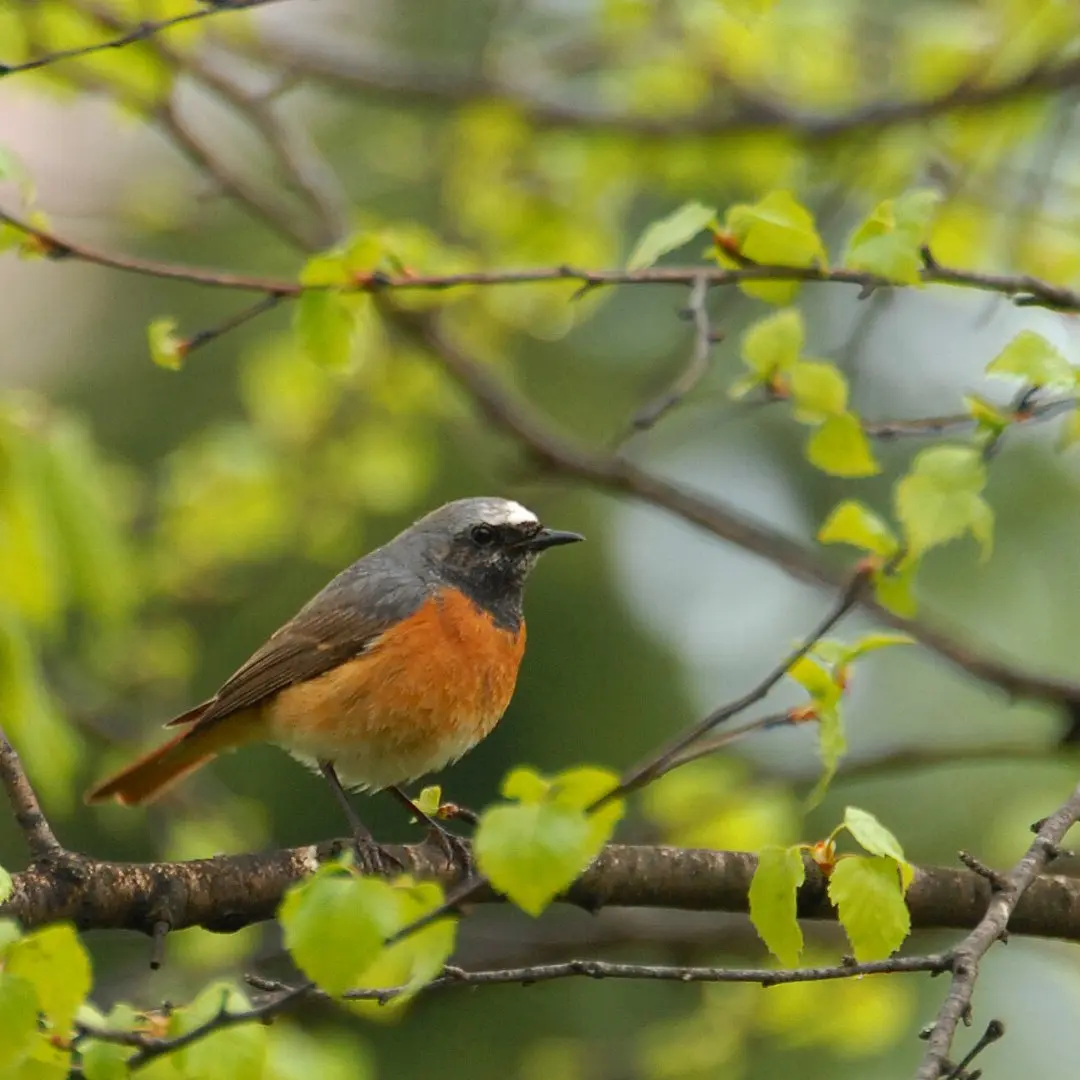
-


